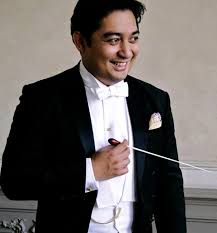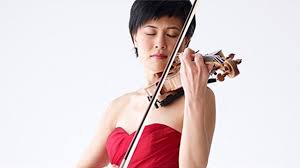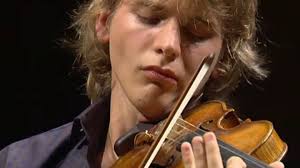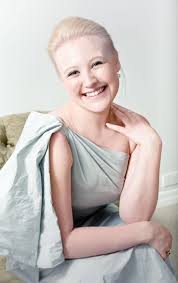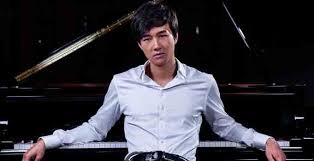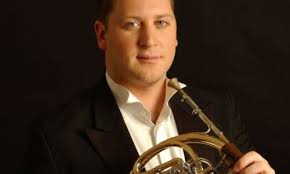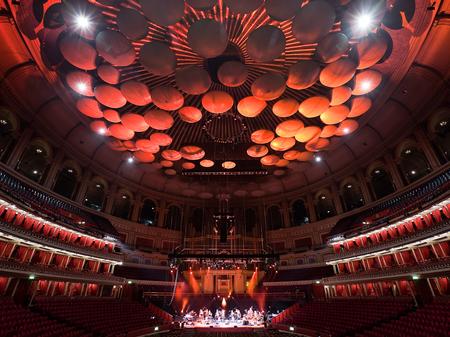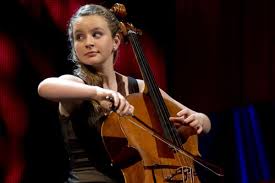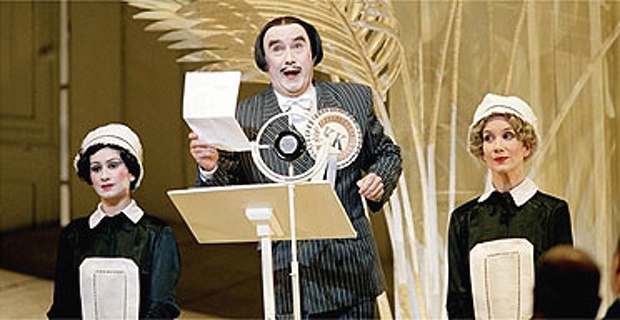Noteworthy Voices, St Nicholas, Pevensey, 23 January 2016
The first in the new season of events to celebrate the 800th anniversary of the founding of St Nicholas Church in Pevensey certainly set a very high standard. Noteworthy Voices have only been singing together for a year, under their conductor Ansy Boothroyd, but already have established a high quality a cappella sound and balance.
Their performance was arranged around three very different settings of the verse O Magnum Mysterium opening with the familiar version by Victoria. The key structure in this work is allusive to say the least but the group found no difficulty in bringing the musical lines into play and setting the tone for the evening which balanced beauty of line against spiritual reflection.
Many may be only too happy that Christmas is over but we are still, liturgically, in Christmas until Candlemas so it was fitting to hear carols as part of the concert. Two settings of the Coventry Carol – the familiar one bringing great clarity and fine dynamic control, while the recent setting by Philip Stopford is gentler, more obviously a lullaby – sat comfortably alongside Tchaikovsky’s The Crown of Roses and the close richness of Pierre Villette’s Hymne a la Vierge.
The second setting of O Magnum Mysterium was by Poulenc, the ravishing beauty of the spun musical texture being finely honed by the group. If Cornelius’ The Three Kings lacked balance between soloist and choir, there was less problem in Jesus Christ the Apple Tree where Zoe Harris floated the top line with ease above the massed voices.
The third setting of O Magnum Mysterium, by Morten Lauridsen, with its gentle enfolding of the listener, proved to be as successful as the fine interpretation of Tavener’s The Lamb.
It was possibly a slight miscalculation to end with arrangements of two popular Christmas songs. They were actually very complex pieces in terms of both pitch and rhythm, and after the splendid spiritual intensity we had experienced earlier it was a pity to end of a less successful, if bright and happy, note.
The group will be performing again soon. They are certainly worth following and details can be found at www.noteworthyvoices.co.uk


